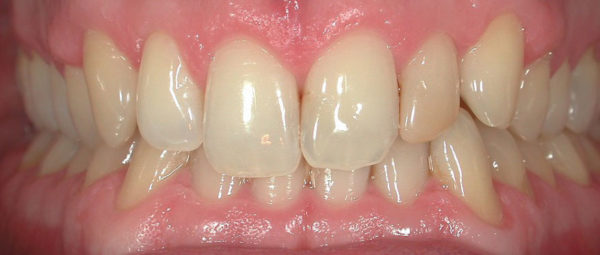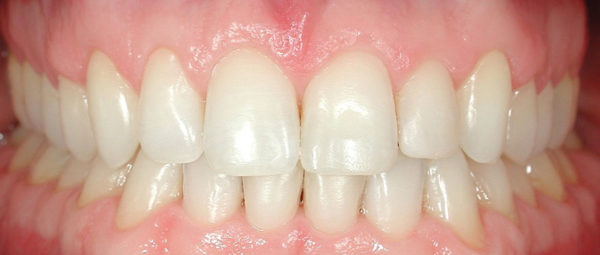Dental Whitening
Teeth may be dark due to excessive consumption of colored foods or drinks (licorice, coffee, tea, cola, red wine), poor oral hygiene, cigarette smoking.
With age, teeth naturally become darker, as the dentin is deposited inside the tooth and intensifies its color.
Some drugs (eg tetracyclines), if given during the first years of life, can cause dark pigmentation of the teeth.
Non-vital (devitalized) teeth can darken over time.
Today whitening can be done on both vital and non-vital teeth. The whitening uses the action of oxygen molecules (carbamide peroxide gel), and can be carried out both in the office and at home by means of special dental trays that accommodate the whitening gel.
For at home whitening, the dental trays should be worn for one and a half hour a day, for an average of 10-15 applications.
This whitening technique is safe, as it does not remove tooth substance and the effect can last up to 2 years, after which the procedure can be repeated.
An undesirable effect that can arise is dentin sensitivity to heat and cold. Sensitivity is treated with desensitizing toothpastes and disappears completely within 24 hours after the whitening is completed.
Case: Whitening and minor orthodontic correction


